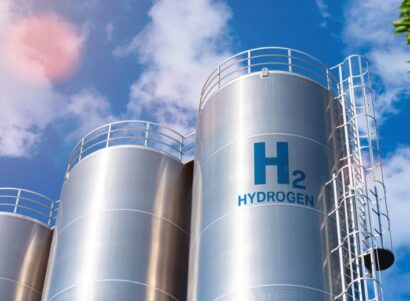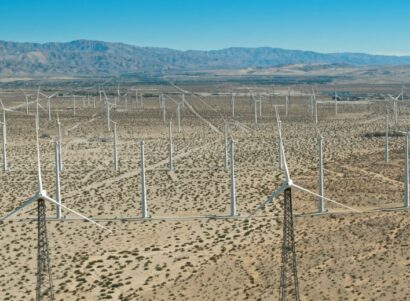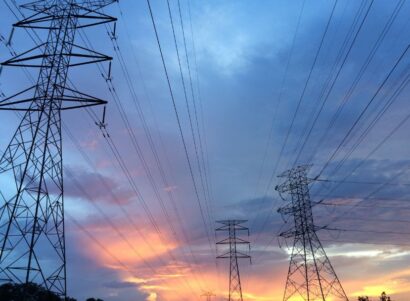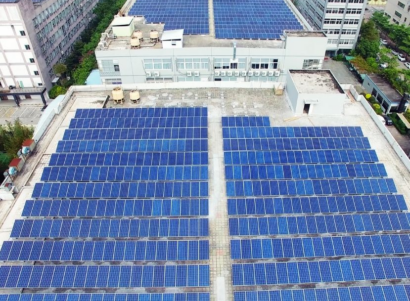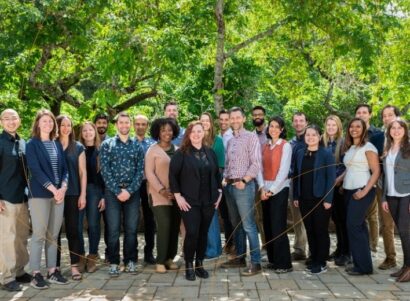OAKLAND, CA – The California Geologic Energy Management Division (CalGEM) released a discussion draft of their public health rule on oil and gas development for public comment. A national Public Health Science Advisory Panel chaired by Drs. Seth Shonkoff (PSE Healthy Energy/UC Berkeley) and Rachel Morello-Frosch (UC Berkeley) was convened to review the scientific evidence regarding the public health implications of oil and gas development. The panel has been providing scientific advice, including this written response to CalGEM queries.
Joint statement from Drs. Seth Shonkoff and Rachel Morello-Frosch, co-chairs of the CalGEM Public Health Science Advisory Panel:
The weight of the peer-reviewed scientific evidence demonstrates the adverse community health impacts of oil and gas development. In particular, many studies of birth outcomes and respiratory effects show evidence of harm up to 1 km (3,200 feet), and some studies show evidence of harm at even greater distances. To protect the health of communities living near oil and gas development, integrated strategies including setbacks, engineering controls, and consistent environmental monitoring are needed to reduce health risks.
Seth B.C. Shonkoff, PhD, MPH
Executive Director, PSE Healthy Energy
Visiting Scholar, Department of Environmental Science, Policy and Management, University of California, Berkeley
Rachel Morello-Frosch, PhD, MPH
Professor, Department of Environmental Science, Policy and Management & School of Public Health
University of California, Berkeley
OAKLAND, CA – On Wednesday, August 31, 2022, California state legislators passed Senate Bill 1137, establishing a new 3,200 feet buffer zone between new oil and gas development and residences.
Dr. Seth B.C. Shonkoff, executive director of the energy science and policy research institute PSE Healthy Energy and co-chair of the Public Health Science Advisory Panel tasked with advising the California Geologic Energy Management Division (CalGEM) on scientific evidence regarding the public health implications of oil and gas development, provided the following statement on the new law:
“Too often, policies designed to protect public health are diluted because of politics. California’s new buffer zone is an important exception. By establishing a 3,200 foot setback between communities and oil and gas wells, California has instituted a nation-leading standard that is firmly based in science. The new law was informed by a team of national health experts and a large body of scientific research, which shows that communities living near oil and gas development have greater risk of respiratory problems and adverse birth outcomes.”

 Public Health Rulemaking
Public Health Rulemaking
 Response to CalGEM Queries
Response to CalGEM Queries


